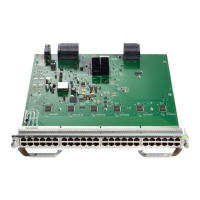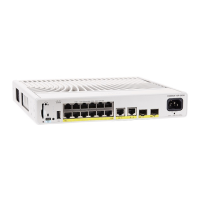Table 2: Commands for Monitoring and Maintaining MSDP
PurposeCommand
Debugs an MSDP activity.
debug ip msdp [peer-address | name] [detail]
[routes]
Debugs MSDP peer reset reasons.debug ip msdp resets
Displays the number of sources and groups originated
in SA messages from each autonomous system. The
ip msdp cache-sa-state command must be configured
for this command to produce any output.
show ip msdp count [autonomous-system-number]
Displays detailed information about an MSDP peer.
show ip msdp peer [peer-address | name]
Displays (S,G) state learned from MSDP peers.
show ip msdp sa-cache [group-address |
source-address | group-name | source-name]
[autonomous-system-number]
Displays MSDP peer status and SA message counts.show ip msdp summary
Commands that clear MSDP connections, statistics, and SA cache entries:
Table 3: Commands for Clearing MSDP Connections, Statistics, or SA Cache Entries
PurposeCommand
Clears the TCP connection to the specified MSDP
peer, resetting all MSDP message counters.
clear ip msdp peer peer-address | name
Clears statistics counters for one or all the MSDP
peers without resetting the sessions.
clear ip msdp statistics [peer-address | name]
Clears the SA cache entries for all entries, all sources
for a specific group, or all entries for a specific
source/group pair.
clear ip msdp sa-cache [group-address | name]
Configuration Examples for Configuring MSDP
Configuring a Default MSDP Peer: Example
This example shows a partial configuration of Router A and Router C in . Each of these ISPs have more than
one customer (like the customer in ) who use default peering (no BGP or MBGP). In that case, they might
have similar configurations. That is, they accept SAs only from a default peer if the SA is permitted by the
corresponding prefix list.
Routing Configuration Guide, Cisco IOS XE Everest 16.6.x (Catalyst 9500 Switches)
48
Configuring MSDP
Configuration Examples for Configuring MSDP

